 Petzlover
Petzlover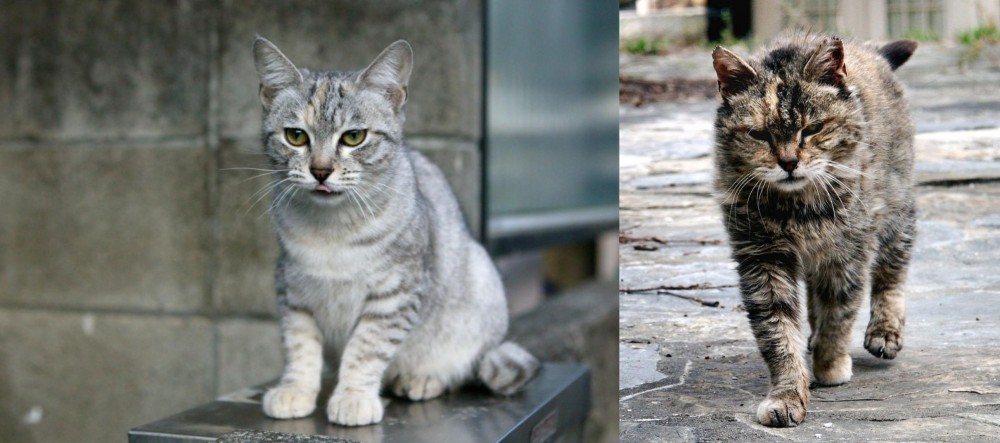 Australian Mist is originated from Australia but Farm Cat is originated from United States. Both Australian Mist and Farm Cat are having almost same weight. Both Australian Mist and Farm Cat has almost same life span. Both Australian Mist and Farm Cat has same litter size. Australian Mist requires Low Maintenance. But Farm Cat requires Moderate Maintenance
Australian Mist is originated from Australia but Farm Cat is originated from United States. Both Australian Mist and Farm Cat are having almost same weight. Both Australian Mist and Farm Cat has almost same life span. Both Australian Mist and Farm Cat has same litter size. Australian Mist requires Low Maintenance. But Farm Cat requires Moderate Maintenance
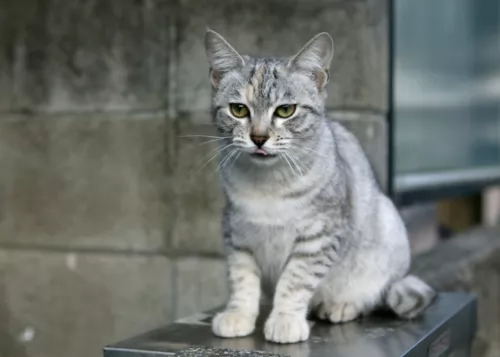 This beautiful cat, the Australian Mist was developed in Australia and is a cross between the Burmese Cat, the Abyssinian as well as domestic shorthairs.
This beautiful cat, the Australian Mist was developed in Australia and is a cross between the Burmese Cat, the Abyssinian as well as domestic shorthairs.
The breed was developed in 1975 by Truda Straede looking to bring about a short-haired cat with a ticked or spotted coat. At first the cat breed was known as the Spotted Mist but this changed to Australian Mist in 1998.
This is also because cats with marbled coats as opposed to spotted coats were accepted as part of the breed. This is an Australian cat but today there are some in UK, America and Germany.
The cat is recognized by governing councils Australia. The cats have a large gene pool.
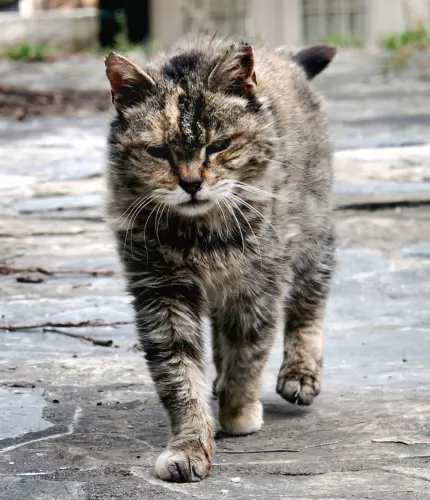 Known also as the Barn Cat, this domestic cat is of a mixed breed. The very name ‘farm cat’ is referring to a general kind of cat that lives in an almost wild state on farms and agricultural properties.
Known also as the Barn Cat, this domestic cat is of a mixed breed. The very name ‘farm cat’ is referring to a general kind of cat that lives in an almost wild state on farms and agricultural properties.
Possibly, their role in keeping rodents at bay was how they came about – domesticated to keep rodents away from grain crops.
When you do research you find that there is archeological evidence to suggests that these farm cats have been around since about 7500 BC. Most barn cats fall under the domestic shorthair or domestic longhair categories.
These cats live in a variety of conditions and some of them get their food solely from the rodents they catch. Others are tame with access to supplemental cat food as well as veterinary care.
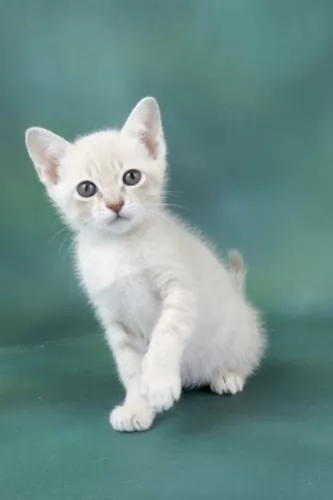 There is nothing particularly unusual about these beautiful cats as the Australian Mist is a medium-sized cat weighing between 4 to 7kg. Its short coat comes without an undercoat and it is a low-shedding cat.
There is nothing particularly unusual about these beautiful cats as the Australian Mist is a medium-sized cat weighing between 4 to 7kg. Its short coat comes without an undercoat and it is a low-shedding cat.
The coat can be spotted or marbled and the legs and tail come with a pattern of black rings. The cat’s coat is short and comes in a number of colors – gold, peach, brown, blue, lilac, chocolate and caramel.
The Australian Mist has large, bright, expressive green eyes with a rounded head and a furry tail.
The Australian Mist is known for its exceptional temperament, and they don’t mind being picked up and cuddled. For this reason they make great cuddly pets for first-time cat owners as well as homes with children.
He is more than willing to get on with other pets in the home as well. They’re lively cats and will not mind being put on a leash and going for a walk, although because they are such cats that thrive on human company, this cat is willing to spend the entire day indoors with their human family.
These companionable cats make excellent animal friends for invalids.
Desexing your Australian Mist will ensure that he likes to stay close to home and become a solid family member.
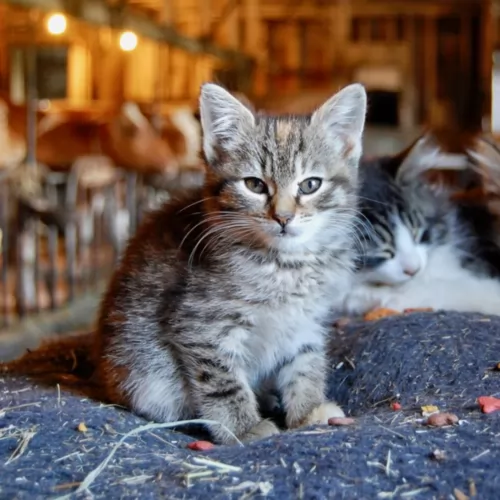 Farms cats are also members of domestic cats but it’s just that they are usually not socialized and they run away from people.
Farms cats are also members of domestic cats but it’s just that they are usually not socialized and they run away from people.
Farm cats have different histories and there is really no one-size-fits-all description of them.
They can weigh anything from 2 to 8kg. They can live to be anything between 10 and 20 years of age. Some of them are large, some small, some are solid colored while others are bi-colored and patterned. Their coats differ too and you can find short- and long-haired varieties among your farm cats
Their eyes and ears will also be in any shades and sizes and these cats are usually not spayed or neutered and can produce kittens that nobody is sure how they’ll turn out.
If you were to stumble across a farm cat born of unknown parents, there is no knowing what the small feline will behave like. Socialization and lifestyle play a big role in determining how a kitten will turn out but farm cats left to their own devices could be quiet, aggressive, loving, naughty, reticent, reserved, playful, lazy, shy or nervous.
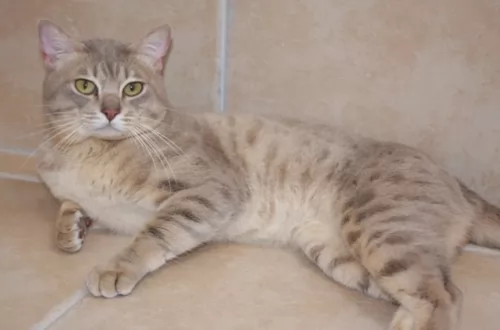 The Australian Mist is capable of becoming the perfect pet for single people, couples, families, the sick, and the elderly.
The Australian Mist is capable of becoming the perfect pet for single people, couples, families, the sick, and the elderly.
They just thrive on human companionship and love the indoor life. You can expect to have your furry companion with you for a good time as their life expectancy is into the late teens – if you provide them with a happy, comfortable home.
Bring one of these wonderful fur companions into your home and you’ll see that the Australian Mist is ready to quickly become a member of your unique family.
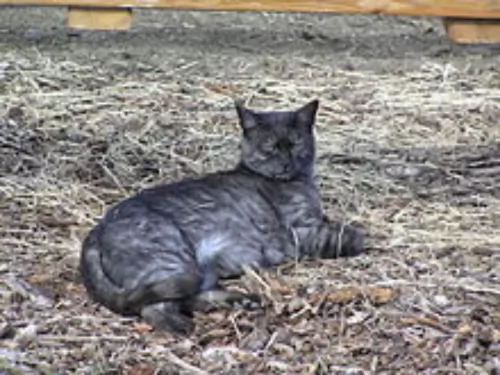 Farm cats are such wonderful animals – they just need a good chance in life like other domestic cats.
Farm cats are such wonderful animals – they just need a good chance in life like other domestic cats.
Many of them have had a hard life and it can be marvelous to open your home and heart to one or two of them and see the pleasure they bring.
They’re full of character and if you provide them with good food and a warm bed and promise to love them, you’ll no doubt be starting a solid and meaningful friendship that can enhance your life.
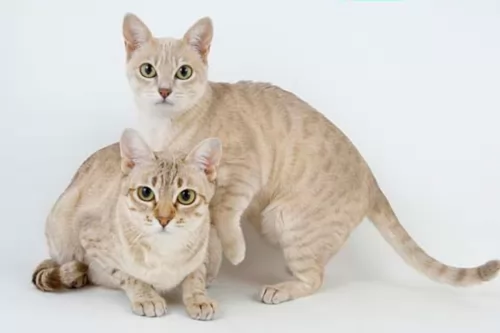 These are generally long-lived cats and with good health, these robust cats from Australia can live well into their teens.
These are generally long-lived cats and with good health, these robust cats from Australia can live well into their teens.
The Australian Mist hasn’t got any particular health care issues, but as with every cat, it is a good idea to see that he gets to the vet for an annual check-up to make sure all is still well.
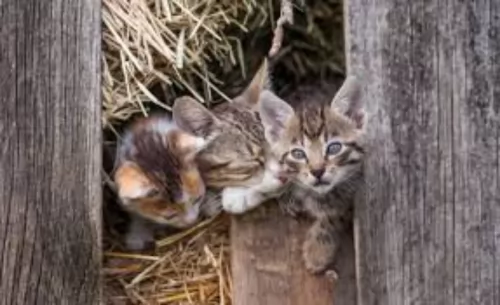 Farm cats left to fend for themselves can suffer from a host of illnesses. Eye infections are one. The cause of these eye infections is usually a virus, of which herpes, chlamydia, and Calicivirus are the most common.
Farm cats left to fend for themselves can suffer from a host of illnesses. Eye infections are one. The cause of these eye infections is usually a virus, of which herpes, chlamydia, and Calicivirus are the most common.
Your vet will certainly prescribe you some antibiotics for your kitten to help against secondary infections.
Check your farm kitten over as he is likely to have a nose full of snot as well and may even be sneezing. Take the kitten to the vet who can give him a good once-over and put him on the road to recovery.
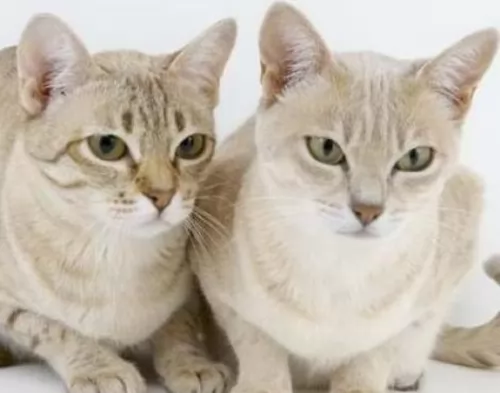 They’re moderate shedders and the short lying coat of this cat won’t require much grooming. It is always a good idea to brush a short-haired cat like the Australian Mist at least just once a week to get rid of dust and loose hairs. Of course, the cat thrives on the attention that comes with brushing him as well.
They’re moderate shedders and the short lying coat of this cat won’t require much grooming. It is always a good idea to brush a short-haired cat like the Australian Mist at least just once a week to get rid of dust and loose hairs. Of course, the cat thrives on the attention that comes with brushing him as well.
Because your Australian Mist is a fairly active cat you want to buy commercially manufactured cat food that is of the highest quality to maintain his health and condition.
These cats are prone to putting on weight and you want to ensure the right food portions to maintain his weight.
He should never be without a constant supply of fresh, cool water. A good diet for your cat can go a long way to eliminating- or cutting down on veterinary expenses.
If you’re unfamiliar with what to feed your cat, your furry friend’s basic nutrition needs will require having good protein from meat, fish and poultry. You always want to be sure that Taurine, an essential amino acid is always included in the food as well as other important vitamins, minerals, fatty acids and enzymes.
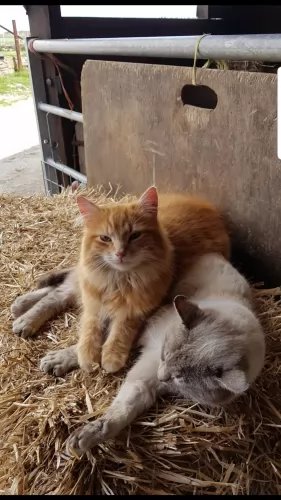 Barn cats or farm cats are not likely to have been neutered or spayed and they are just adding to the overpopulation of farm cats that can become feral cats.
Barn cats or farm cats are not likely to have been neutered or spayed and they are just adding to the overpopulation of farm cats that can become feral cats.
The average fertile cat can produce three litters every year, and with as many as 6 kittens in a litter, you can imagine how a small colony of cats can get out of control.
Sometimes cat rescue programs do a steri-drive and spay and neuter cats like this to curb the numbers. Of course, spaying and neutering can prevent many diseases as well.
If you have farm cats that have been spayed or neutered, provide them with good food and water. You can put out wet, canned cat food or dry kibble – they’ll be so pleased as most times these cats don’t even know where their next meal will come from.
You see them drinking out of puddles of water. Unfortunately, these pools are often filled with contaminants and this can also make the cats sick.
Every cat just wants a soft, warm place to sleep, and if you can, provide some warm dry hay for these farm cats. Even a cardboard box can be a haven for a cat that has never known a bed.
If you have managed to catch a farm cat kitten and you want to offer it a home, make sure to start off with veterinary care and vaccines.